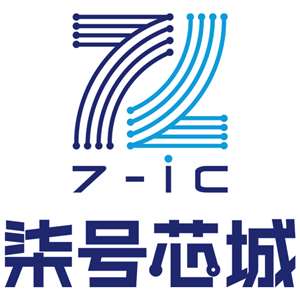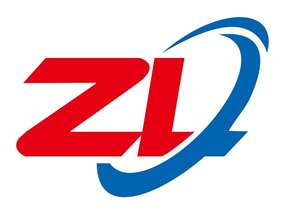

柒号芯城电子商务(深圳)有限公司
服务专线:
18922805453
在线联系:
![]()
![]()

北京元坤伟业科技有限公司 服务专线: 010-62104931621064316210489162104791 在线联系:

深圳市中利达电子科技有限公司
服务专线:
0755-13686833545
在线联系:
![]()
![]()

首天国际(深圳)科技有限公司 服务专线: 0755-82807802/82807803 在线联系:

深圳市芯福林电子有限公司
服务专线:
13418564337
在线联系:
![]()

| 型号: | XTR101AG |
| 是否Rohs认证: | 不符合 |
| 生命周期: | Transferred |
| IHS 制造商: | BURR-BROWN CORP |
| 包装说明: | CERAMIC, DIP-14 |
| Reach Compliance Code: | unknown |
| 风险等级: | 5.89 |
| 放大器类型: | INSTRUMENTATION AMPLIFIER |
| 最大平均偏置电流 (IIB): | 0.15 µA |
| 最小共模抑制比: | 90 dB |
| 最大输入失调电流 (IIO): | 0.03 µA |
| 最大输入失调电压: | 60 µV |
| JESD-30 代码: | R-CDIP-T14 |
| JESD-609代码: | e0 |
| 最大非线性: | 0.01% |
| 功能数量: | 1 |
| 端子数量: | 14 |
| 最高工作温度: | 85 °C |
| 最低工作温度: | -40 °C |
| 封装主体材料: | CERAMIC, METAL-SEALED COFIRED |
| 封装形状: | RECTANGULAR |
| 封装形式: | IN-LINE |
| 认证状态: | Not Qualified |
| 供电电压上限: | 40 V |
| 标称供电电压 (Vsup): | 24 V |
| 表面贴装: | NO |
| 温度等级: | INDUSTRIAL |
| 端子面层: | Tin/Lead (Sn/Pb) |
| 端子形式: | THROUGH-HOLE |
| 端子位置: | DUAL |
专业IC领域供求交易平台:提供全面的IC Datasheet资料和资讯,Datasheet 1000万数据,IC品牌1000多家。